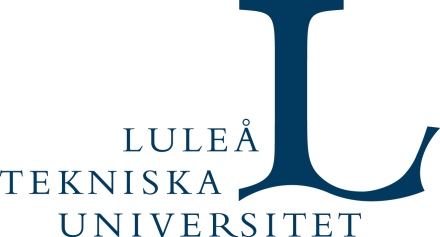The purpose of the paper was to address this existing gap in research and to subsequently, through its findings increase the knowledge of real estate firms’ capabilities to innovate, absorb innovations and benefit from digital technologies – in an ecosystem context. The paper, which was published earlier this year, found that real estate owners, technology suppliers, and real estate owner industry associations have expanded their innovation capabilities and reshaped their innovation ecosystem by initiating a number of different digitalization activities. For example, the development of new IT systems, digital platforms, services, and business models. Furthermore, the absorptive capacity was found to have been improved as the organizations have changed routines and structures related to innovation, and as they have taken on new roles related to digitalization and innovation – making them better able to absorb new innovations.
Furthermore, the paper also identified several drivers and obstacles to digitalization in the real estate sector and highlights the novelty of digitalization as a phenomenon in the sector. The research is based on two main studies: the first, an extensive structured literature review of research on real estate firms’ innovation capabilities and absorptive capacity, and the second a qualitative interview study focused on real estate owners, their suppliers, and industry associations in the Swedish real estate sector.
To access the report’s findings, analysis and conclusions, access the paper here






